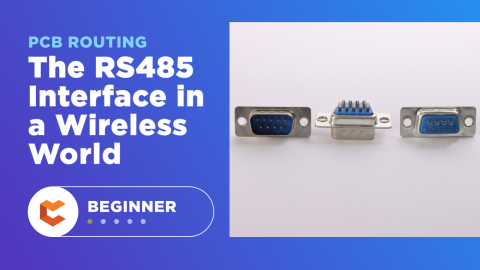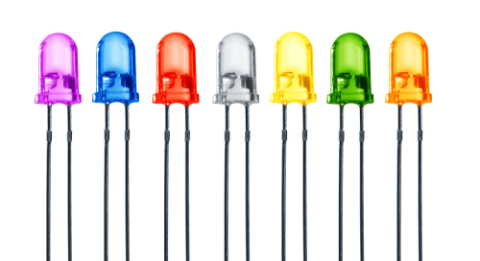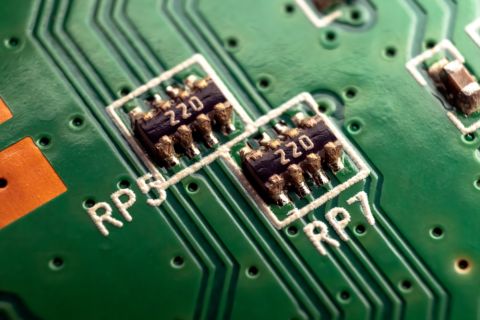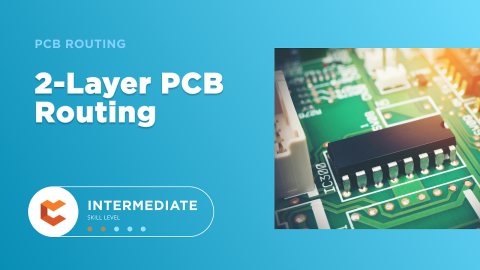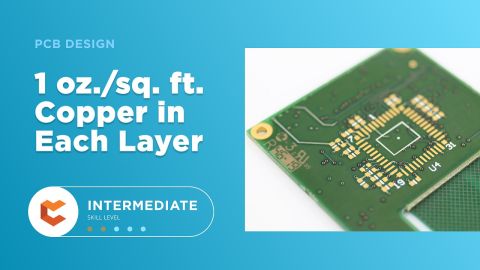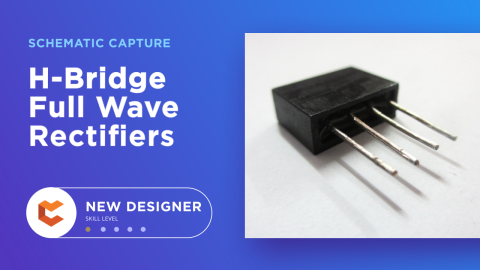The IoT is Developing New Technologies for Aging in Place
My grandmother has lived down the street from my parents for the past 7 years. She moved down there after it became apparent she had Alzheimer’s disease and my parents realized she couldn’t live alone anymore. However, technology has allowed her to live a semi-independent life. My mother uses nanny cams to make sure my grandma is safe and happy and goes down to the house whenever grandma needs help.
This arrangement has kept my grandmother out of a nursing home and has let my parents care for her without it becoming overwhelming for them. Many older adults and their children would like to be able to live independently. Health and safety concerns, though, can often keep that from happening. New smart sensor arrays and other Internet of Things (IoT) smart home systems are allowing the elderly to keep their independence as long as possible.
Aging in Place
Few seniors want to move out of their own homes, and many of their children don’t want to move into their own houses. Health and safety concerns often force the issue, but they don’t have to force them so soon anymore.
Research by the American Association of Retired Persons (AARP) shows that 90% of elderly adults want to continue living in their own homes. Their adult children are also often worried about taking care of them. Taking care of an aging parent can be expensive and stressful, and it can continue for multiple years. All of these worries often push children to put their parents in care homes, which can end up decreasing the quality of life for the parent.
The thing that most often drives people to put their parents in nursing homes is health and safety concerns. Living alone can be dangerous if a person suffers from Alzheimer’s or dementia, or has health problems that need to be monitored. Technology can easily be used to fill this gap and keep an eye on the elderly. They just need someone to design it for them. Here’s what’s been done so far.
The IoT can make sure there’s someone to pick you up.
Independent Living Technologies
Not all elderly people need 24/7 care. Many just need a system that can monitor them and alert a family member or healthcare provider if something goes wrong. There are several IoT technologies that are trying to fill this gap and make life easier for the elderly and their children.
-
Life Alert - One product I’ve certainly seen advertised more than any other is Life Alert. These systems primarily consist of buttons on necklaces and other devices that someone can press if they need help. This is certainly a helpful system, but if the person has passed out and is incapable of pressing the button, the whole thing can fall apart. A simple addition like an accelerometer to automatically detect a fall would take this system to the next level.
-
Lively - Lively is one step up from Life Alert. It uses a watch with a push button to notify emergency contacts when help is needed. It also comes with sensors that log activities like opening the fridge and taking pills. The problem is that these sensors are bulky and have to be added on. If you want people to love your system you should integrate it seamlessly into their homes. This could mean something like a low-profile sensor array that detects events from a central location, instead of bulky distributed sensors.
-
Vector Security - Even traditional home security systems can be used for senior adults. Vector Security makes a security system that can monitor the home of your parent when you’re not there. It has video monitoring and can alert emergency personnel in case there are any problems. However, security systems are not designed for the elderly and lack sensors that can detect falls or general lifestyle habits. If you added a bracelet that could detect falls and some sensors to help make sure they’re eating and taking pills this would be a much better solution.
While all of these technologies certainly help with monitoring elderly people who live independently, there is still room for designers to make them into better solutions.
No one wants this to be their home monitoring system. Sensor arrays can keep tabs on the elderly without violating their privacy.
Smart Home Monitoring
The IoT industry is currently working up a sweat to make our homes smart. However, they’re missing a much more valuable market in the area of senior citizen cars. A true smart home is needed in order to monitor the elderly and provide helpful, non-intrusive information on their well-being. This kind of home will only truly come about when we have sensor arrays that can learn a person’s habits and interpret them.
I wrote about an IoT smart multi-sensor array a while ago that I think could work perfectly in this space. This platform uses a variety of sensors, minus a video camera, to detect events. It can use heat sensors to see which burner is running on the stove and if it’s been on for too long. This kind of system is perfect for the elderly because it’s smart, accurate, and non-intrusive. No one wants cameras watching them go about their day, but they may not mind a microphone listening to them. A microphone and motion sensor combined could easily detect when someone has fallen down. They could also hear if they were calling for help, or were able to get up on their own. This kind of array is perfect because it’s like having another person in the home who can tell you what’s going on without disturbing your parent. This kind of system is not commercially available, yet. That means you still have time to get into the market early and design one.
Aging is never an easy process, for the person who’s getting older or their family. Most elderly people want to continue living in their homes but have to move out because of health and safety concerns. Current monitoring technologies help seniors stay put for longer, but are ultimately not great solutions. A smart sensor array that can learn what’s going on in a home using non-invasive sensors is the perfect solution. It would make life for caregivers and their charges much easier, and be a necessity for every aged person who wants to stay at home.
When you need to access an easy-to-use PCB layout tool that includes everything needed to build high-quality manufacturable circuit boards, look no further than CircuitMaker. All CircuitMaker users also have access to a personal workspace on the Altium 365 platform. You can upload and store your design data in the cloud, and you can easily view your projects via your web browser in a secure platform.
Start using CircuitMaker today and stay tuned for the new CircuitMaker Pro from Altium.

